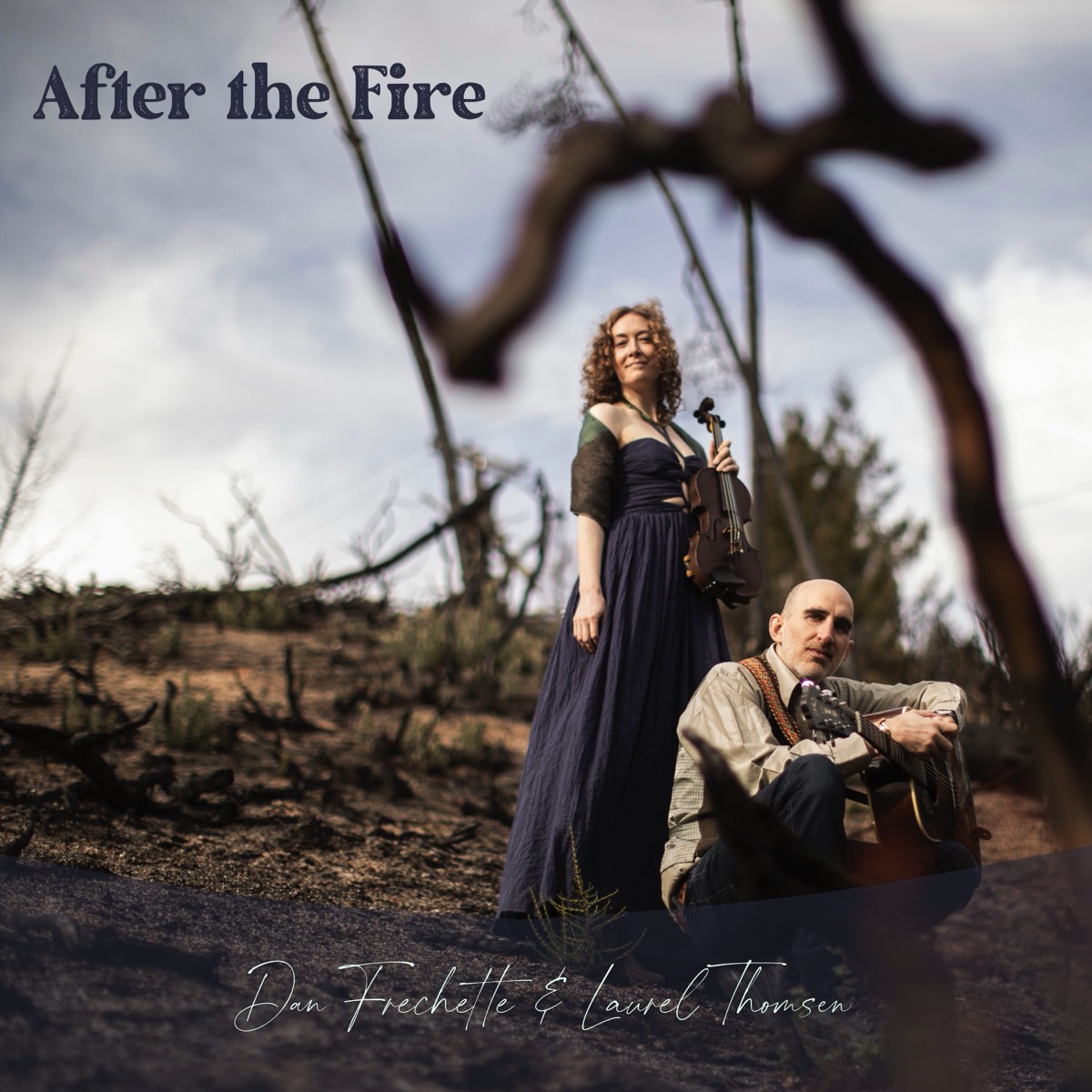I had the pleasure of making the recent online acquaintance of David France, violinist, teacher, and the founder and executive director of Revolution of Hope, a Boston based program which helps bring the joy of playing music to the lives of inner city youth (enjoy his interview with NPR here and TEDx Talk here). I was also happy to hear that he’s just published a new book, “Bow Exercises for the Expressive Violinist,” available for Kindle and in paperback via Amazon, as well as via Metzler Violins and Southwest Strings. As anyone who’s followed me for a while knows, I’m passionate about students playing not just the violin or viola, but also the bow!
Unless we’re performing pizzicato, a bow is the tool we use to produce sound on a violin. It’s responsible for the quality of our tone, our dynamics, articulations, and the “soul” we try to convey. While the left hand allows us to play the different notes of a melody and can add a bit of color with vibrato, the bow connects our notes into phrases and makes everything come to life. Without the bow, the expressive capabilities of a violin become quite limited. Furthermore, while many might think of a violin and imagine a beautiful, soaring melody, or perhaps a toe-tapping fiddle tune, without good bow technique a violin can actually sound pretty terrible!
Enter “Bow Exercises for the Expressive Violinist”!
Offering students the opportunity to focus entirely on learning to make a quality sound, this volume helps fill a void that strangely seems to exist amongst the early method books. While comprehensive bowing methods do exist, notably Ševčík’s two volume School of Bowing Technique Opus 2, the more advanced bowing methods like Casorti and Yost, and etude books from Wohlfahrt to Mazas and Kreutzer that strive to keep bowing in mind, all of these can easily overwhelm a younger student, and simply be too difficult for a relative beginner. Born out of his own experience as a teacher, France’s bowing book serves the needs of these types of students, though he also hopes to see “more advanced students and professionals [use the book] as a warm up exercise.”
One of the first questions my beginning students ask is what books they can buy. While I celebrate their enthusiasm, more so than at any other phase of a student’s development, I sometimes struggle to balance their desire to learn to play new songs with the need to develop a tone that will make the songs in all the books they look forward to purchasing actually worth playing. I have them hold off on buying books so we don’t get distracted and can focus on bow technique, creating a clear tone, rhythms, playing in different parts of the bow, and listening a lot, scribbling down notes and coming up with memorable names to help them remember what and how to practice. I send them demo videos and encourage them to follow along, but day to day it’s often much easier when there’s a book like the one France has created in front of them, helping to give them a sense of accomplishment when they master a section. Violin teachers have always encouraged students to practice scales and etudes in different parts of the bow or with strokes other than those printed in the sheet music, but sometimes we wonder if students really are. Compliance feels easier to achieve with sheet music focusing the student’s attention and expressly telling him or her what elements they are trying to master.
Starting with staccato strokes in the middle of the bow, which I always find great for training the tactile sense of connection between the bow hair and strings, bow weight and speed, the book progresses to detaché strokes in each third of the bow, whole bows, martelé style accents, bow distribution with simple rhythms, legato slurs as well as slurred staccato, and finally collé in various parts of the bow. The left hand plays the exact same stepwise finger pattern on different strings throughout. The focus is really not on the left hand, which I appreciate. Once the student knows the pattern, he or she can put nearly 100% of their attention on the bow.
Concerning the left hand however, it’s worth mentioning that I do appreciate the use of the fourth finger from the beginning. A decade ago I had the opportunity to interview violinist and pedagogue Sally O’Reilly for the “Improve Your Bowing Technique” series I did for Strings Magazine. Since then I’ve used her “Fiddle Magic” book with nearly all of my beginning students as well as many of the advancing ones, as well as her book “Fiddle Rhythms.” I was so relieved back then to finally find a progressive exercise book that recognized how introducing the fourth finger early on can help create a more balanced left hand. France’s book would be a perfect companion to Fiddle Magic, and it’s no surprise to learn that Sally O’Reilly was one of France’s teachers and an inspiration for the book, along with esteemed pedagogues Roland and Almita Vamos.
Along with vibrato and our fingering choices, I find bowing to be one of the most artful aspects of violin playing, and therefore an area where students will especially benefit from having the guidance of a teacher. While online videos and courses, including my own, do exist, having the real time feedback of someone really helps a student understand the subtleties we need to master our bowing and tone. I remember a teacher at a summer camp once suggesting I move the index finger of my bow hold about a millimeter over. It was a revolution to my playing! So while someone teaching him or herself to play violin could certainly benefit from “Bow Exercises for the Expressive Violinist,” these students should know that it does not instruct on how to actually play each stroke. For that they will need additional resources to make sense of what these bow strokes should sound and feel like. With a teacher and/or at least some quality instructional videos in place, a student will be able to build a solid foundational repertoire of strokes and articulations in all parts of the bow using this book, and should hear a substantial difference in tone and expression when they return to playing their pieces.
This book being “Part 2,” I hope to soon be able to check out Part 1 as well, which France promises will contain “an entire body of information that I teach my beginners before the exercises in this book.” However, once a student knows the basics of holding the bow, drawing a straight stroke, and left hand finger placement, Part 2 is easily accessible. I also hope we might see a Part 3 down the road, perhaps taking these strokes into a variety of string crossings? It’s exciting to see the birth of a new method series, especially one that serves beginners while being extensive enough to interest more advanced players.
Finally, as the United States grapples with questions of equality and race, France’s book offers a new voice from a demographic that has largely been unrepresented in Classical music. He states, “While writing the book I also realized as a Black violinist I had never used nor heard of an etude book written by a person of African Descent. While so many sectors are thinking of equity, I gained even more excitement to be able to share this book with all people, but especially being able to grow the contributions from string players of color to the canon of literature for the violin.” I hope this book will be the start of many more from David France and from more people of all colors. We have so much to learn and gain from each other if we can only open our ears and our hearts.

